2024.12.26
Please simply introduce yourself as a DP.
Hi, I’m Christian Wolf, a Cinematographer with experience in editing and color grading. My experience spans a mix of narrative films, commercials, and music videos, and I enjoy crafting visuals that both resonate with audiences and enhance the story.
In what situations or conditions did you get the chance to use our Arles prime lenses?
I had the opportunity to use the Arles prime lenses on a commercial for Merchant Capital where image clarity, sharpness, and color rendition were essential. The Arles primes really came through in varied lighting conditions and complex setups, allowing me to capture both detailed close-ups and wide shots with consistent quality. What was really great about this commercial was that the director wanted to shoot different aspect ratios and also have some zoom snaps on bits of the story, so I had a set of DZOFILM Pavo Anamorphics, a set of DZOFILM Arles Primes, and also a set of DZOFILM Catta Ace VV zooms to play with on a Red Ranger Gemini. 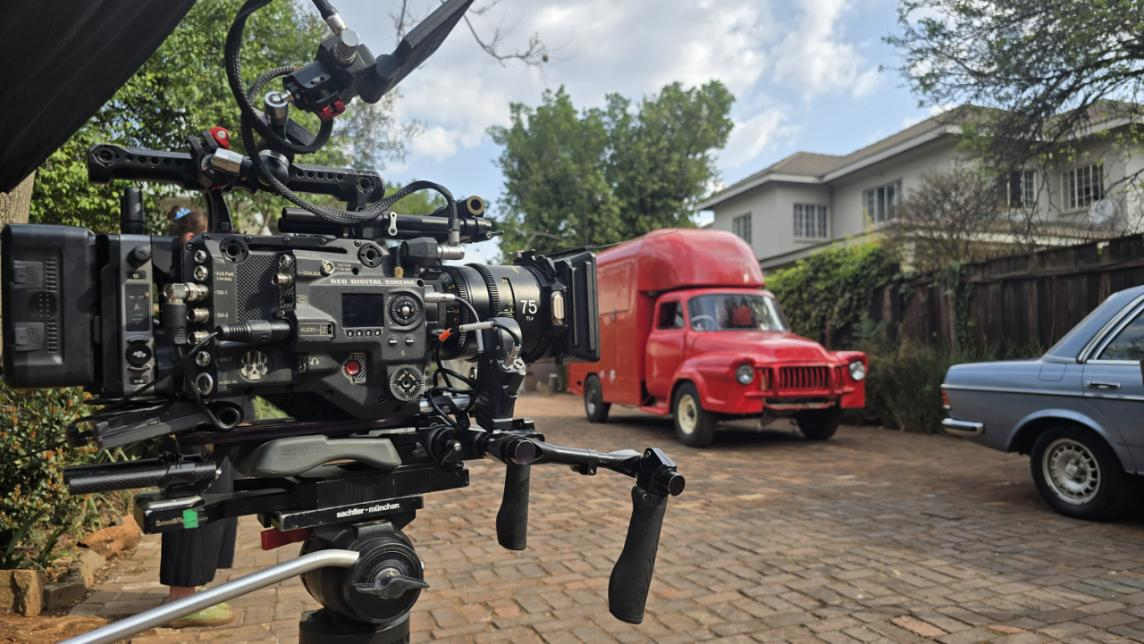
In what scenarios (type of film/scene) would you prefer to use zoom/prime lenses for shooting?
For projects that need quick changes in framing—like dynamic commercials or multi-angle setups—I lean toward zoom lenses. I've done a couple of car tracking shots and the Catta Ace zooms replaced my go-to lens, the Angenieux Optimo 28-76mm. I personally bought a set of Catta Ace VV zooms and used them extensively over a period of 2 years on documentaries and commercial work. However, for scenes where precise depth of field and aesthetic control are key, such as dramatic narratives or close-ups in interviews, I prefer prime lenses. The primes offer that extra bit of sharpness and character, especially valuable in scenes focused on emotion and subtle detail. 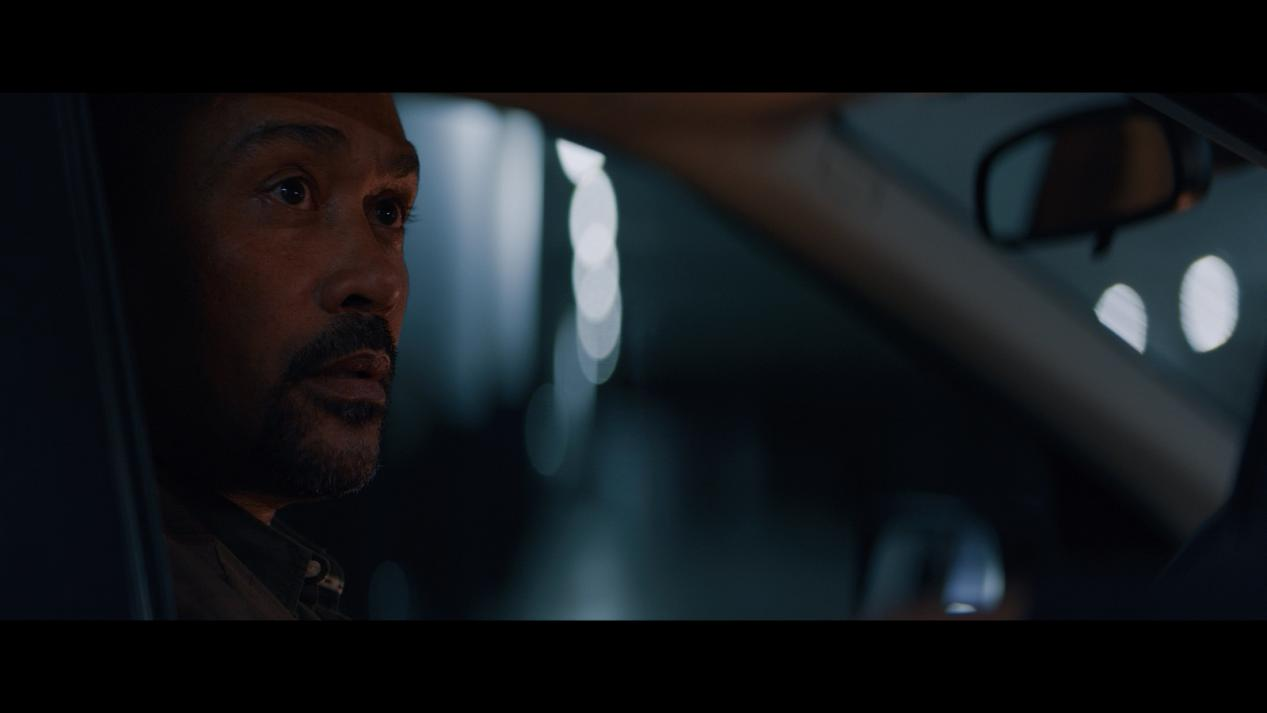
How do you feel about the Arles prime after using them?
The Arles primes impressed me with their clarity, build quality, and natural color representation. What really blew me away was that they visually have almost zero breathing. That's amazing. They strike a great balance between cinematic sharpness and a softer, organic feel in the bokeh and fall-off. They felt modern but had exactly the right amount of character and buttery smooth visuals that I adore. 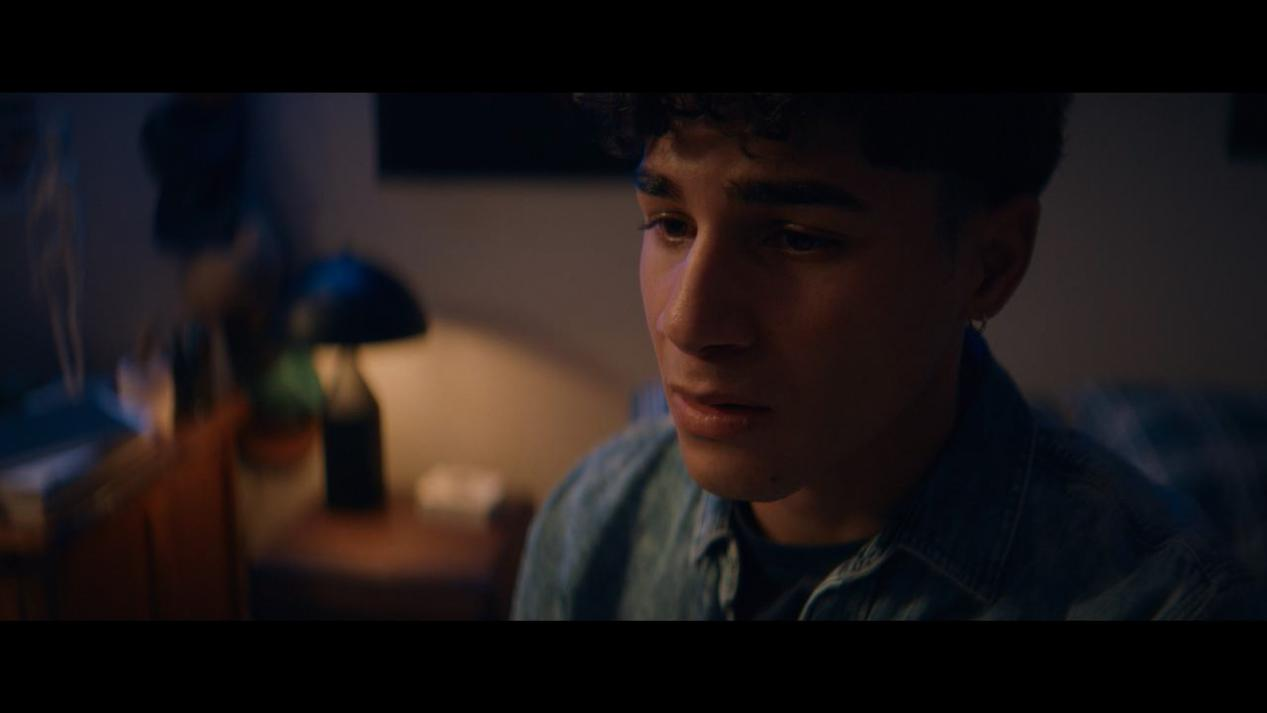
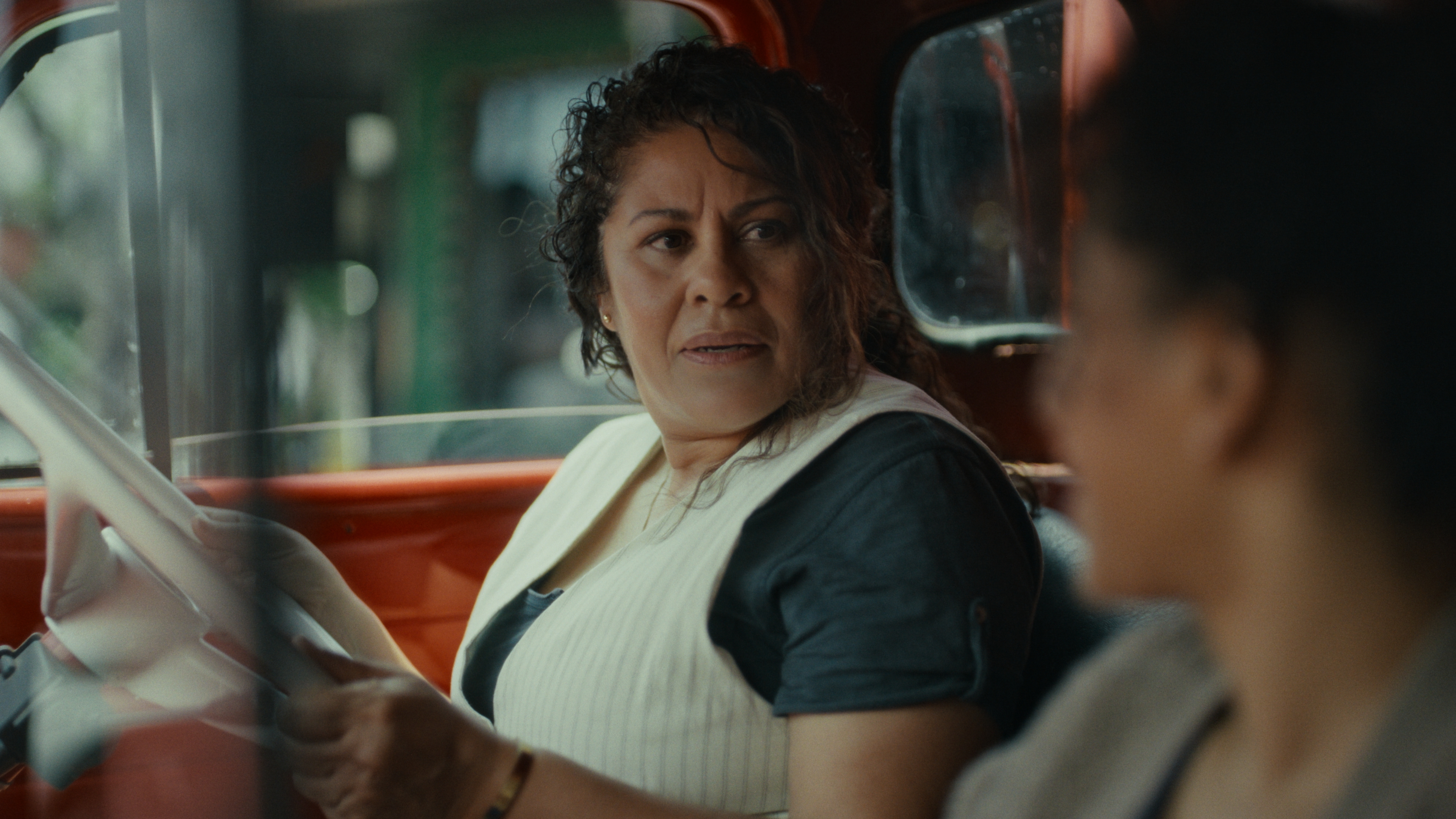
Have the Arles prime lenses helped you overcome any challenges in this filming? For example?
Yes, these lenses excelled in low-light conditions, maintaining sharpness and minimizing aberrations, which was a huge advantage during night shots and dimly lit scenes. The consistency across the focal range helped me achieve a uniform look throughout the shoot, without having to worry about color shifts or distortion.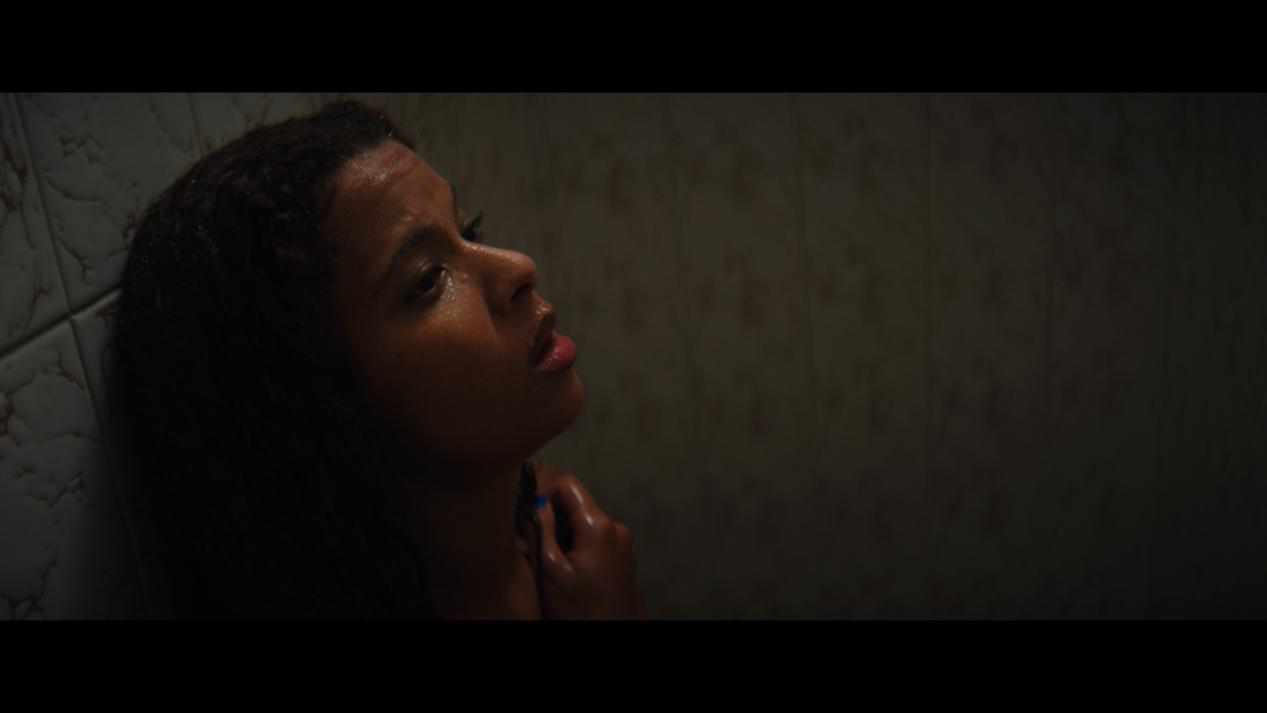
Which is your favorite focal length in the set to use? Why?
The 35mm is my go-to. It provides a great field of view that’s wide enough for context but tight enough to capture emotion, making it versatile for most setups. The lens’s handling of light and flares adds just the right amount of character without overwhelming the shot. The 35mm can focus so close and it really draws the viewer into the story world. 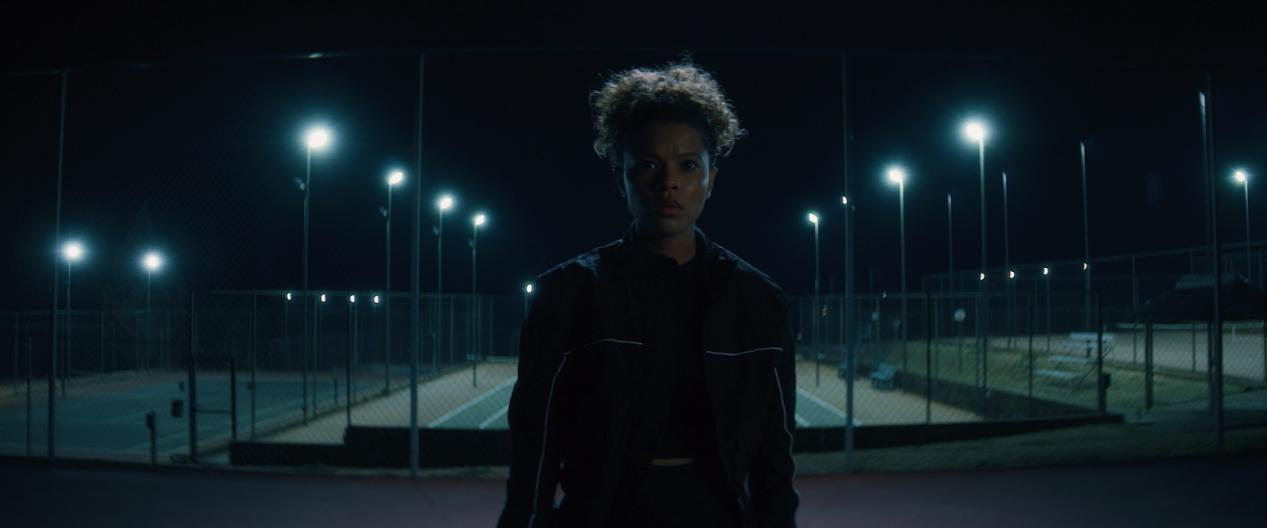
How do you feel using the Arles prime lenses on a RED Ranger Gemini camera?
On the RED, the Arles primes performed incredibly well. They paired beautifully with the sensor, enhancing the camera's dynamic range and creating smooth, cinematic visuals. The lenses felt well-balanced and intuitive to handle, even in handheld or run-and-gun setups. It was great to have the Gemini with the 18mm tall sensor to also utilize the Pavo 2x anamorphic is really well in 6:5 mode.
Based on your on-set experience, what innovative features would you like to see in DZOFILM's future products?
I’d love to see DZOFILM experiment with additional coatings on the Arles or expand on the KOOP rear filters to bring out a vintage element with edge distortion on the Arles.
Do you currently have any ongoing projects? Have you been using any other DZOFILM lenses in these shootings?
Yes, I’ve just wrapped with a 4-month-long drama series for Showmax shot exclusively on the DZOFILM Pavo Anamorphics.
